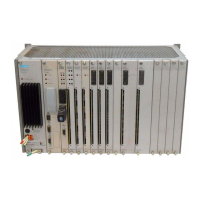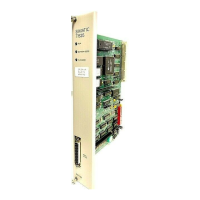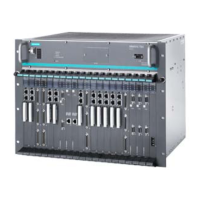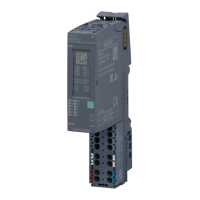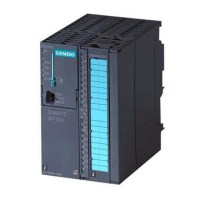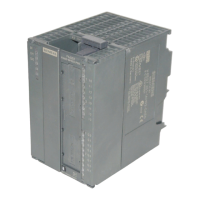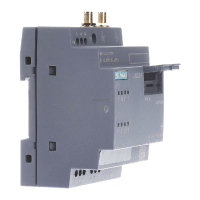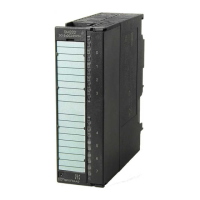The SINAUT Configuration Tool
6.6 TD7onTIM
TIM DNP3
202 System Manual, 12/2015, C79000-G8976-C253-04
Data transferred from TD7onTIM to a communications partner is first read from the work
memory of the CPU. For each send channel, the source address (
input address
) must be
specified in the relevant memory area of work memory on the local CPU module from which
the data will be read.
The following options are available for the source or destination address:
DB: Data block
Memory bit: Memory bit area
For sending channels:
Input: Process input image (PII)
For receiving channels:
Output: Process output image (PIQ)
Only the specified address areas can be read or written by TD7onTIM. Data
from other areas, for example analog values acquired via peripheral input
words (PIW) or o
utput via peripheral output words (PQW) must be mapped
to the bit memory or data block area by the user program.
Apart from the objects Dat12D_S, Dat12D_R, Par12D_S, Part12D_R, the
box shows the default data type for the particular channel:
Binary send/receive: BYTE
Analog send/receive: WORD
Mean value send/receive: WORD
Counted value send: WORD
Counted value receive: DWORD
Command send/receive: BYTE
DNP command received / DNP command return message: BOOL
Send/receive data:
– Bin08X_S/Bin08X_R: In each case 1 status bit of the byte
– Dat12D_S/Dat12D_R: BYTE, CHAR, WORD, DWORD, INT, DINT,
REAL
Setpoint send/receive
– Object Set01W_S/Set01W_R: WORD
– Object Par12D_S/Par12D_R: BYTE, CHAR, WORD, DWORD, INT,
DINT, REAL
Amount of data included in t
he array (maximum 12 double words or 48
bytes). The parameter is only active for channels that can be configured with
a variable length. The parameter is available for the following channel/object
types and is explained further below with the specific chan
nel parameters:
Data send / Dat12D_S
Data receive / Dat12D_R
Setpoint send / Par12D_S
Setpoint receive / Par12D_R
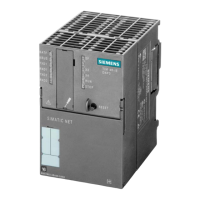
